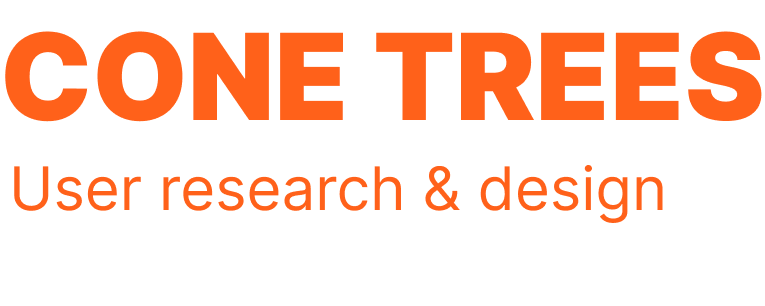Summary
Out of the near 50 posts that were made at Cone Trees in 2009, here is a compilation of what was most popular with you, dear readers. You will also find my list of suggested readings for each section (except for the articles section, where there were only three posts I made in the year).
Out of the near 50 posts that were made at Cone Trees in 2009, here is a compilation of what was most popular with you, dear readers. You will also find my list of suggested readings for each section (except for the articles section, where there were only three posts I made in the year).
Top 3 Articles
Most popular
- Tips for effective DIY Participant Recruitment for Usability Testing
- Increase Conversions in Long Web Forms by Resolving the Accidental Back Button Activation Issue
- Guidelines for conducting Effective and Efficient Meetings
Top 3 Blog Posts
Most popular
- jQuery Masked Input Plugin- Increase usability, input masks for text fields
- A Review of the Balsamiq Mockups wireframing application
- Usability spotter #5- HP laptop touch pads with scroll zones- absence of tactile cue
Suggested reading
- Usability Spotter #6- The Twitter login page password revelation issue
- Web Accessibility- our responsibility as Web Industry Professionals
- Usability Spotter #4: A Usability issue- Google Chrome Tab selection through the mouse
Top 3 Downloads
Most popular
- Download Axure ‘Clear input field value on focus’ prototype/ widget library
- Download Axure Touch Screen Hand Gestures Stencils
- 15 Tips for Effective Usability Testing in India
Suggested Downloads
- SEO through Accessibility- How designing accessible websites leads to automatic SEO
- A free Minutes of Meeting (MOM) template
- Cone Trees Wallpaper #2- Regenerate
Top 3 ‘News & Resources’
Most popular
- Pranav Mistry’s “Sixth Sense”, game-changing wearable technology- a talk by Patties Maes
- Web Accessibility- our responsibility as Web Industry Professionals
- Dan Roam on “The Way of the Whiteboard: Persuading with Pictures”


Leave a Reply